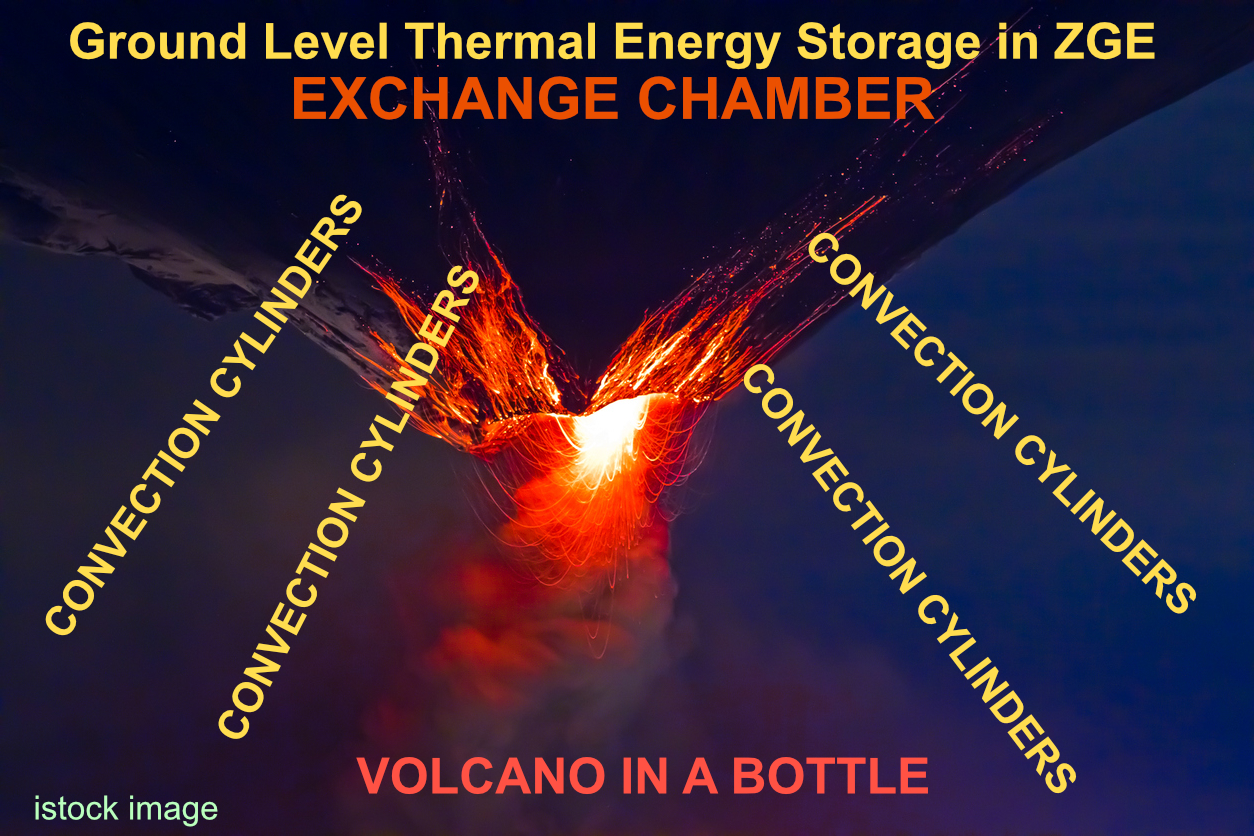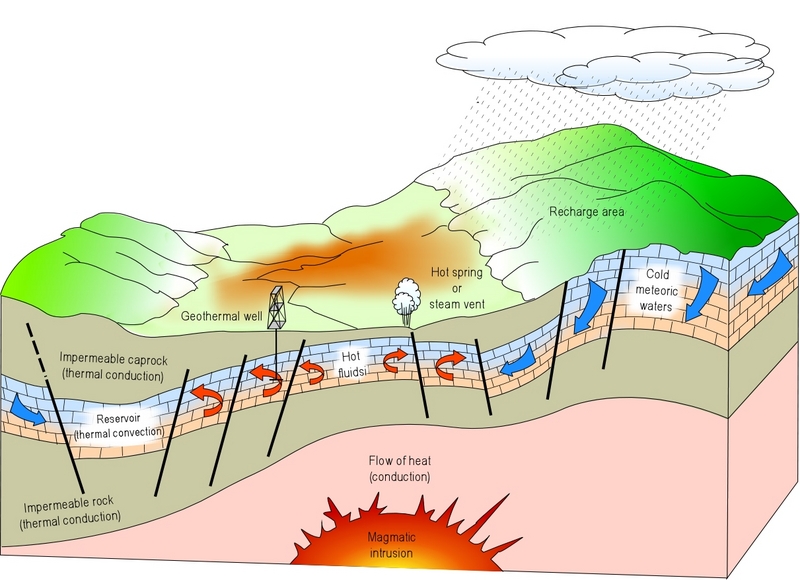Welcome to Dry Heat-Mining and Supercritically Convective,
Nonpartitioned, Geothermal Technology For
Generating Clean, Sustainable Electricity
at an Estimated LCOE & LCOS of ± $0.008/kWh!
♣ ♣ ♣
We are pleased to announce that our innovative geothermal technology has been nominated by the Royal Foundation’s 2024 EARTHSHOT PRIZE competition. Sadly, were not a selected finalist. As I understand it, our lack of prototype development funding disqualifies us from continuing further in the competition. The link below is to the technology overview originally submitted for EARTHSHOT PRIZE consideration.
The ZGE Technology Overview (see link above) is a brief 11-page summary introducing our innovative geothermal technology as originally submitted for the first EARTHSHOT PRIZE competition launched in 2020 by Prince William and David Attenborough.
The ZGE convection system is only geothermal in the sense we mine dry heat from below earth’s surface. ZGE does not use fracking nor subterranean brines in any way.
Think—Inverted Volcano in a Bottle.

The ZGE convective system stores thermal energy in the form of supercritical water at Earth’s surface in our Exchange Chamber for immediate, on-demand conversion to mechanical energy (steam turbines), and then to electrical energy. Cost and treatment issues associated with below-ground geothermal reservoirs are no longer necessary.
*****
♦ ± $0.008 per kWh electricity generation ♦
♦ Zero Pollution ♦ 100% Available 365/24/7 ♦
♦ Uses Less Water Than Most Power Plant Systems ♦
♦ 100% Sustainable for Centuries ♦
♦ Reliable Temperature / Pressure Management ♦
♦ Cost Competitive with all Energy Industry Sectors ♦
♠ EMITS ONLY CLEAN WATER ♠
*****
Please refer to link below to see a brief summary of our technology,
ZGE TECHNOLOGY OVERVIEW
ZGE Offers The Only
PATENTED, NON-PARTITIONED, CONVECTIVE FLOW, CLEAN-STEAM PRODUCTION SYSTEM
Using Clean Water to Supercritically Fuel
Electricity Generation !!!
A cleaner way to power our homes, our vehicles and our industries using geothermally heated, supercritical fluids for electricity production.
No fracking, no brine treatment & ZGE’s only emission is clean H2O (water).
Renewably sustainable for many thousands of years.
*****
Note: In 2018 we estimated our closed ZGE system capable of producing electricity at a cost of ±$0.045/kWh at the generator. Since that time, further study suggests costs of ±$0.008/kWh for drilling depths of 6km or less, with cost rising more slowly at greater drilling depth. Such shallow drilling depths can be found in many geographic areas of the world including the Syrian-African Rift, and across central Arizona, ZGE’s home state as two examples.
WHY SHOULD THE UNITED STATES HESITATE TO LEAD THE WORLD IN CLEAN, SUSTAINABLE, COST-EFFECTIVE ELECTRICITY PRODUCTION?
Should the United States allocate Research & Development dollars to the greenest ♦ cleanest ♦ sealed ♦ supercritical electricity production method?
Should United States’ energy producers be utilizing ZGE’s patent???
US Patent 8,381,523 B2
Why not cost effectively eliminate electric power related pollution?

Contact Bruce at ZGE and inquire how we can convectively manufacture SUPERCRITICAL FLUIDS for electricity production?
Energy is important; not just because we’re surrounded by it; but because we ourselves are LIFE ENERGY.
*****

*****
*****
For general information: below is a depiction of how a generic geothermal system works.
